Click on images to enlarge
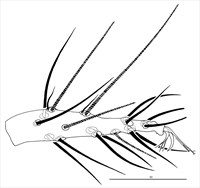
Fig. 1. Tetranychus bunda adult female - detail of tarsus and empodium I.
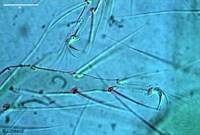
Fig. 2. Tetranychus bunda adult female - detail of empodia II & III.
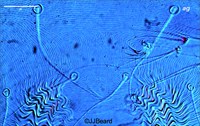
Fig. 3. Tetranychus bunda adult female - detail of pattern of pregenital striae.
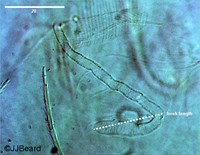
Fig. 4. Tetranychus bunda adult female - detail of peritreme.

Fig. 5. Tetranychus bunda adult female - detail of pattern of dorsal striae between setae e1 and f1.

Fig. 6. Tetranychus bunda adult female - detail of ventral striae with lobes.
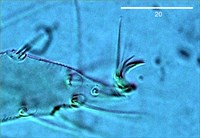
Fig. 7. Tetranychus bunda adult male - detail of empodia I.
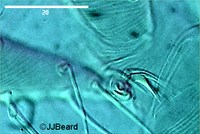
Fig. 8. Tetranychus bunda adult male - detail of empodia III.
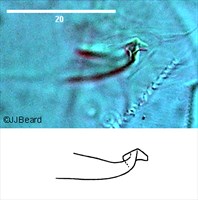
Fig. 9. Tetranychus bunda adult male - detail of aedeagus.
Material examined
non-types
Taxonomy
Subfamily Tetranychinae
Tribe Tetranychini
Common Name
none
Distribution
*Australia: Darwin, Northern Territory
Taxonomy Changes
none
Diagnosis
Female
- empodia I-IV each with long dorsal spur (20 microns long) above proximoventral hairs, almost as long as proximoventral hairs (Figs 1, 2)
- tarsus I with sockets of one tactile seta proximal to, and three tactile setae (and maybe one solenidion) overlapping, the socket of the proximal duplex seta (Fig. 1)
- the sockets of the two duplex setae on tarsus I well separated (Fig. 1)
- pregential striae longitudinal (weak medially) and broken anteromedially (Fig. 3)
- peritreme hook 20 microns long (Fig. 4)
- dorsal striae between dorsal setae e1-e1 and f1-f1 forming diamond pattern = striae e1-e1 longitudinal, striae e1-f1 transverse, striae f1-f1 longitudinal (Fig. 5)
- ventral striae with lobes between setae ag and 3a (Fig. 6)
- pale to light green
Male
- empodia I-IV each with long dorsal spur (20 microns long) above proximoventral hairs (Figs 7, 8)
- empodium I with proximoventral hairs fused into ventral claw (Fig. 7)
- empodia II-IV as in female (Fig. 8)
- aedeagus directed dorsally with small subtriangular knob; anterior projection short triangular projection; posterior projection triangular to truncate; dorsal margin of knob angulate convex; dorsal margin of shaft almost parallel to ventral margin of shaft, at approx. 5° angle (Fig. 9)
- pale to light green
Hosts
*Desmodium tortuosum (Fabaceae)
Similar Taxa
Oligonychus species
Biology
Little is known of the biology of this species.
At the time of collection on Desmodium tortuosum, the mites were common with over 200 individuals on some leaves of the host plant. The mites occur on the underside of the leaves and produce little webbing.
Newly moulted females are light to dark green, but become light to deep purple and dark-orange upon maturity, with pale yellow legs. Live males are pale to light green.
Damage to host is typical of spider mites, with yellow to white speckling of leaves.
As the only known host plant, D. tortuosum, is not native to Australia (originates in Central America), this species is either a previously unknown native species or it could be an exotic species that has not yet been discovered in its native country.
References
*Flechtmann, C.H.W. and Knihinicki, D.K. (2002) New species and new record of Tetranychus Dufour from Australia, with a key to the major groups in this genus based on females. Australian Journal of Entomology 41: 118-127
Copyright © 2018. All rights reserved.